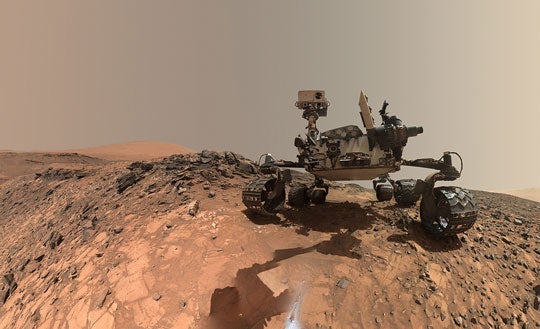
Researchers publish scenario that explains 2016 discovery by NASA’s Curiosity rover. Planetary scientists from Rice University, NASA’s Johnson Space Center and the California Institute of Technology have an answer to a mystery that’s puzzled the Mars research community since NASA’s Curiosity rover discovered a mineral called tridymite in Gale Crater in 2016.
Tridymite is a high-temperature, low-pressure form of quartz that is extremely rare on Earth, and it wasn’t immediately clear how a concentrated chunk of it ended...
Read More







Recent Comments